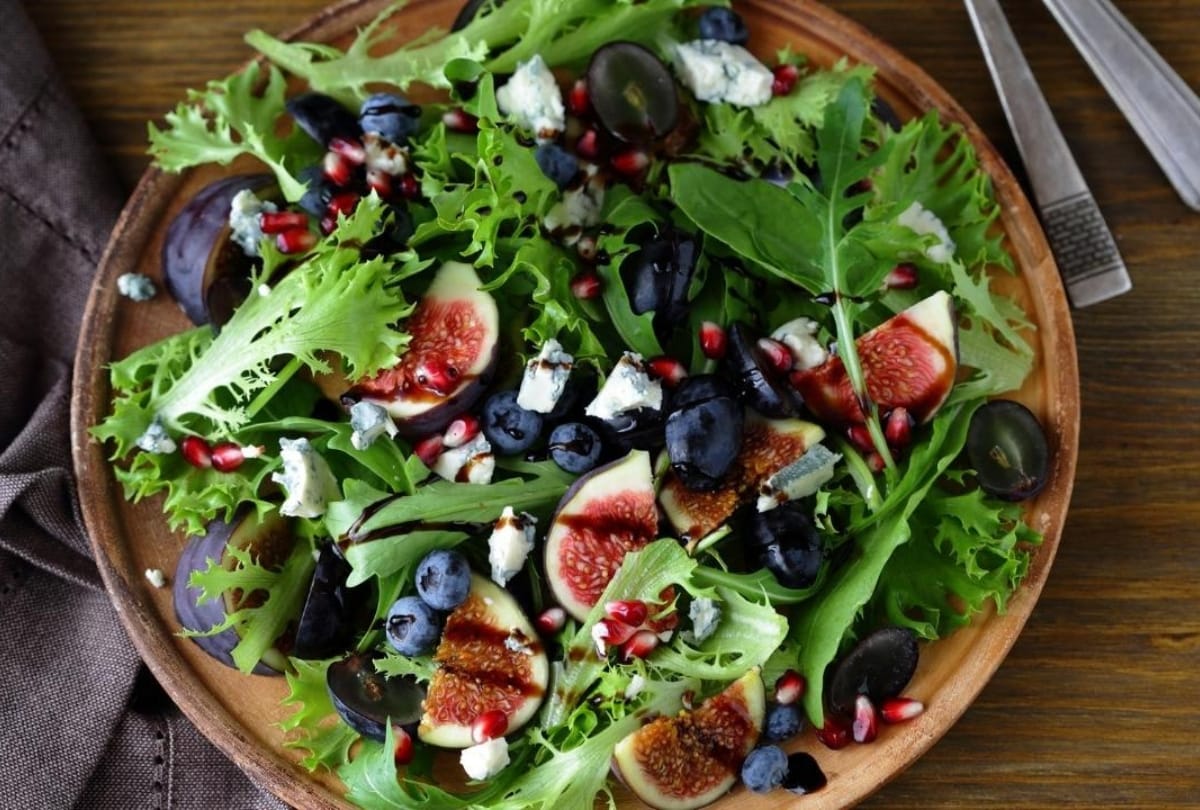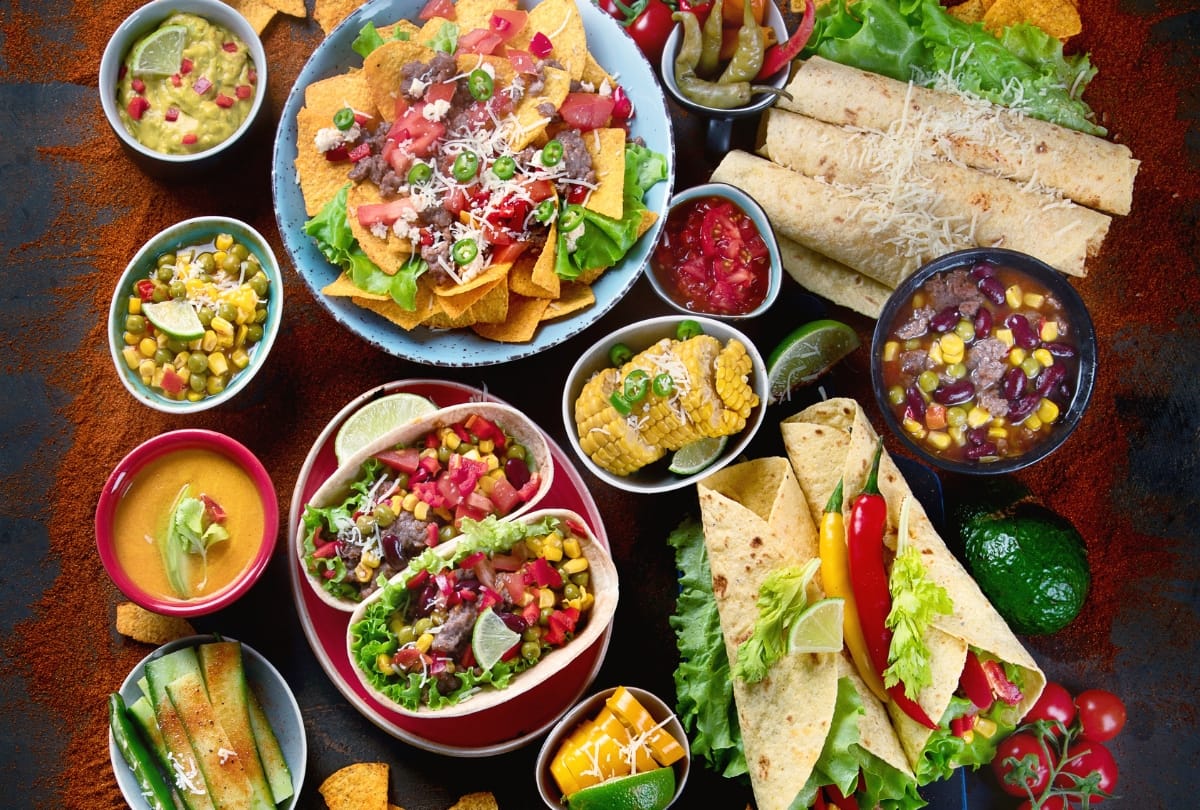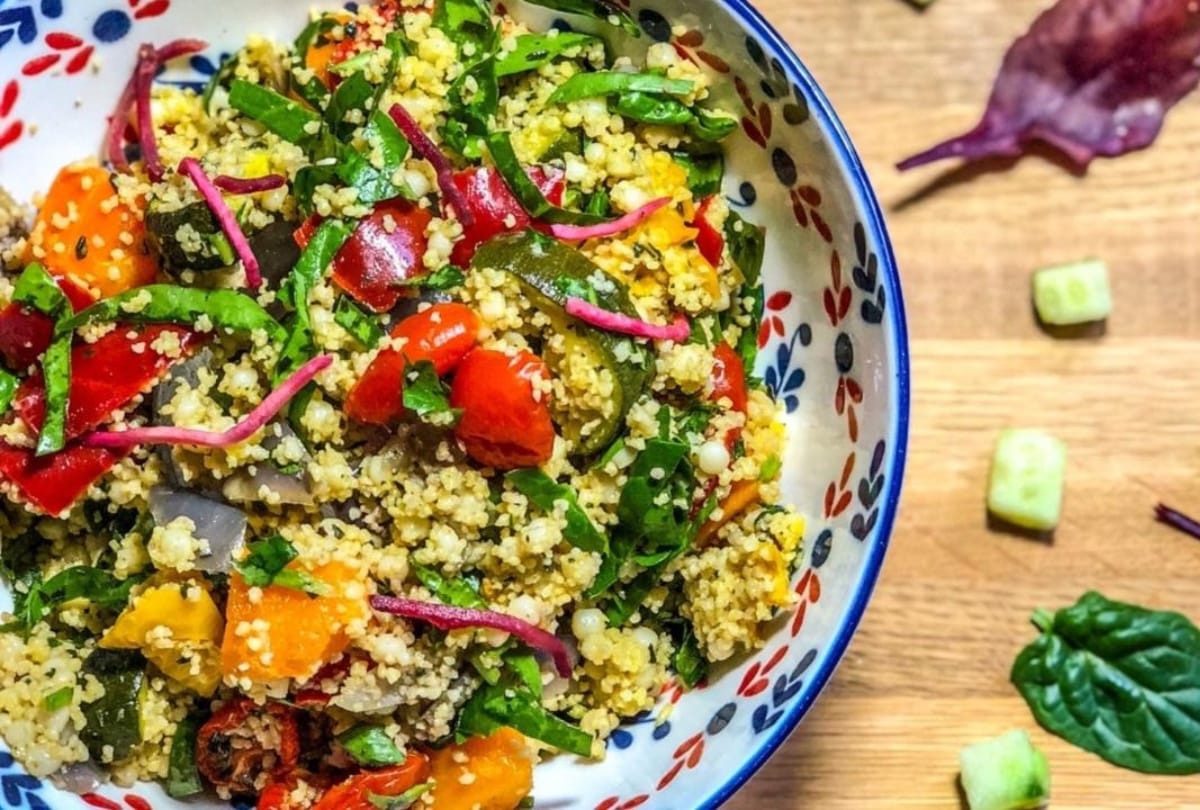Imagine a table laden with delicious main courses and glasses of wine. But wait! Isn't there something missing? Something fresh, crisp, and colorful that completes any meal? Yes, we're talking about a salad side dish! Whether you're hosting a party, a quiet Tuesday night family meal, or just your everyday lunch, a delicious salad adds that special something to any meal. Join us as we delve into the world of crisp leaves, juicy tomatoes, and flavorful dressings, and discover how to create the perfect salad side dish for any occasion!
What makes a salad a perfect side dish?
A salad is like a work of art, composed of various ingredients that come together harmoniously. A perfect side dish has several key qualities: versatility and nutritional value.
The versatility of salads
A salad can be so much more than just a medley of vegetables. It can be a mix of flavors, textures, and colors. You can add fruit for a sweet accent, or nuts and seeds for an extra crunch. And let's not forget the variety of dressings. A salad can be endlessly adapted to your tastes and preferences.
For example, consider a Greek salad as a side dish. This classic salad combines juicy tomatoes, crunchy cucumbers, sweet red onions, salty olives, and creamy feta cheese. The combination of these ingredients creates a perfect balance of sweet, sour, salty, and creamy. You can also enhance the salad with oregano, olive oil, and lemon juice to further enhance the flavors.
If you're looking for a salad with an Asian twist, consider a Thai papaya salad. This salad combines green papaya, carrots, tomatoes, peanuts, and fresh herbs like cilantro and mint. The dressing of lime juice, fish sauce, and chili peppers gives the salad a spicy and refreshing flavor.
The nutritional value of salads
Salads often contain a wide variety of nutrients. Green leafy vegetables, like spinach and kale, are packed with vitamins and minerals. Tomatoes and cucumbers add hydration and fiber. By adding a variety of vegetables, fruits, nuts, seeds, and proteins, you can transform your salad into a complete meal.

Did you know that adding avocado to your salad not only creates a creamy texture but also contains healthy monounsaturated fats? These fats are good for your heart and help your body absorb vitamins. Nuts and seeds are also a great source of healthy fats, protein, and fiber. Think walnuts, almonds, sunflower seeds, and chia seeds.
To make your salad even more nutritious, you can also add protein. Think grilled chicken, tuna, boiled eggs, or chickpeas. These protein sources provide long-lasting satiety and help build and repair muscle.
If you're looking for a salad with an extra nutritional boost, you can experiment with different types of superfoods. Think quinoa, buckwheat, goji berries, spirulina, or hemp seeds. These superfoods are packed with antioxidants, vitamins, and minerals that benefit your health.
Choosing the right ingredients for your salad
The secret to a delicious salad lies in the ingredients you choose. Fresh fruits and vegetables are essential for the flavor and nutritional value of your salad.

The importance of fresh fruits and vegetables
Fresh fruits and vegetables are the building blocks of any great salad. They add flavor, color, and crunch. Choose seasonal fruits and vegetables to ensure the best taste. Visit your local farmers market for the freshest and most flavorful produce you can find.
The use of herbs and spices
Herbs and spices can also elevate your salad. Add fresh herbs like basil, mint, or cilantro for an aromatic twist. Season your salad with spices like cumin, paprika, or turmeric. Experiment with different combinations to create your own unique flavor.
Different types of salad side dishes
There are different types of salads that you can serve as a side dish, depending on your taste and the type of meal you want to prepare.
Green salads for a light addition
If you're looking for a light and refreshing addition to your meal, green salads are perfect. Use a mix of different lettuces like arugula, romaine, and lamb's lettuce. Add some chopped cucumber, tomato, and radish for extra flavor and texture. A simple vinaigrette of olive oil, lemon juice, and a pinch of salt and pepper is all you need to enhance the flavors.

Bean salads for a high-protein option
If you're looking for a filling and protein-rich side dish, try a bean salad. Mix different types of beans, such as black beans, kidney beans, and chickpeas, with chopped vegetables like bell peppers, red onion, and celery. Finish it off with a dressing of olive oil, vinegar, mustard, and a pinch of paprika for extra flavor.
Grain salads for a filling side dish
For a filling side dish packed with fiber and complex carbohydrates, try a grain salad. Combine cooked quinoa, bulgur, or brown rice with roasted vegetables like zucchini, bell peppers, and eggplant. Add some chopped parsley and feta cheese for extra flavor. Drizzle with olive oil, lemon juice, and a pinch of salt and pepper.
Preparing your salad side dish
Preparing a delicious salad side dish is simple, but it does require some attention to detail.
Washing and cutting your vegetables
When washing and cutting your vegetables, it's important to be careful. Rinse them thoroughly under running water to remove any dirt. Then cut them into the desired shape and size. Make sure all the pieces are evenly cut so that every bite has a perfect balance of flavors and textures.
Mixing your ingredients
Add your chopped vegetables, fruit, herbs, and spices to a large mixing bowl. Gently toss to combine all the flavors. Be careful not to break any ingredients, but to ensure they're still recognizable in the salad.
Seasoning your salad side dish
A dressing is the icing on the cake for any salad side dish. Mix your favorite dressing or make your own with olive oil, vinegar, mustard, honey, and lemon juice. Add salt, pepper, and other herbs to taste. Pour the dressing over your salad and toss well to ensure all ingredients are evenly coated.

Serving your salad side dish
Serving your salad side dish is best done at a predetermined time and with due attention to presentation and storing any leftovers.
Choosing the right time to serve
Salads are best when they're fresh and crisp. Serve your salad side dish just before eating so all the flavors remain at their full potential. Be sure to keep the timing of your meal in mind so your salad doesn't wilt or become limp.
Presenting your salad side dish
A salad doesn't just have to be delicious; it also has to be beautiful. Use attractive bowls or plates to serve your salad. Garnish with some extra fresh herbs, grated cheese, or a handful of nuts and seeds for an extra wow factor. Your salad will not only taste delicious but also be a feast for the eyes.
Storing leftover salad
If you have any leftover salad, you can easily save it for later. Place the leftover salad in an airtight container and store it in the refrigerator. Be sure to consume it within a few days to maintain its freshness and flavor.
With these tips and inspiration, you can create a delicious salad side dish for any meal. Unleash your creativity and experiment with different ingredients and flavor combinations. A salad doesn't have to be boring, so surprise yourself and your guests again and again with a new and flavorful creation.



Leave a comment
This site is protected by hCaptcha and the hCaptcha Privacy Policy and Terms of Service apply.